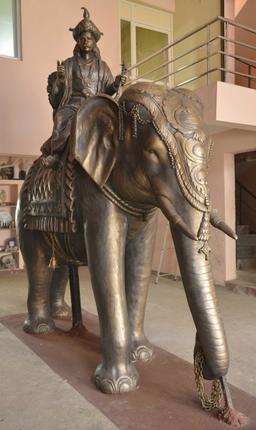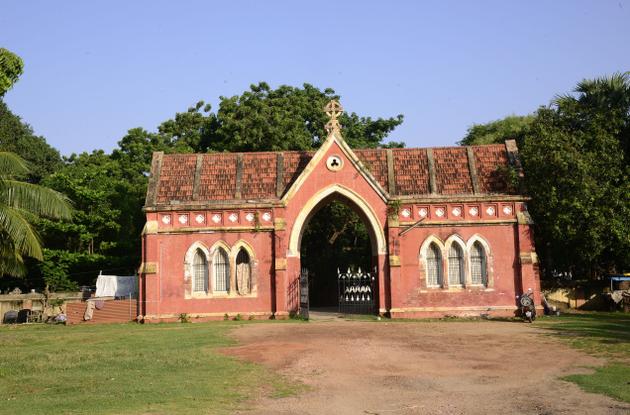The CM also inaugurated projects aggregating 2,816 new apartments involving a cost of Rs 106.79-cr in other parts of the state.
Tamil Nadu chief minister J Jayalalithaa has inaugurated a Rs 222.60-crore building project to be built by the Tamil Nadu Slum Clearance Board. The project comes up with 6,000 new apartments at Ezhil Nagar Okkiyam Thoraipakkam, Chennai.
The chief minister also inaugurated projects aggregating 2,816 new apartments involving a cost of Rs 106.79-crore in other parts of the state.
The Tamil Nadu Slum Clearance Board has been involved in several projects for the development and relocation of people living in slums across various cities in the state.
Besides a housing complex at Thoraipakkam, another 792 apartments at Ammankulam in Coimbatore, 207 apartments in Tirunelveli and 102 apartments in Pudukottai were inaugurated by the chief minister via a video conferencing from the secretariat.
Drinking water projects
A host of drinking water supply projects totaling over Rs 30-crore were also commissioned by the chief minister.
These include a combined water supply project for the Melpuram union and an integrated water treatment plant in Kanyakumari district and the expansion of water supply project for the Villupuram municipality were significant, in terms of cost. The cost of the Melpuram union water supply project and the treatment plant involves Rs 16.7-crore and that of the Villupuram project at Rs 9.55-crore.
The Melpuram union project would cover 79 habitations, benefiting about 186,000 persons, ensuring 40 litres of water per capita per day (lpcd). The treatment plant was for the Kaliakkavilai, Kollangode and Melpuram combined water supply projects. The Villupuram municipality project is aimed at providing 90 lpcd and would benefit 95,439 persons.
According to a state government release, the expansion of water supply projects for Appakudal town panchayat in Erode district and Uppilyapuram town panchayat in Tiruchi would ensure 90 lpcd and 70 lpcd respectively, covering about 17,800 persons. Their total cost was Rs 94.9 lakh.
Guaranteeing the supply of 40 lpcd each, the other projects pertained to a Rs 1.85-crore combined water supply project for Chithamur and 27 habitations of Anakavur union in Tiruvananmalai district benefiting 13,756 persons; a Rs 97.5 lakh project for Melamayur and 12 habitations in Kattankalathur union of Kancheepuram district covering 7,357 persons; and a Rs 99.72 lakh project for Sumaithangi and 13 habitations of Walajah union of the Vellore district covering 11,231 persons, stated the release.
source: http://www.business-standard.com / Business Standard / Home> Economy & Policy> News / by BS Reporter / Chennai – December 24th, 2013








